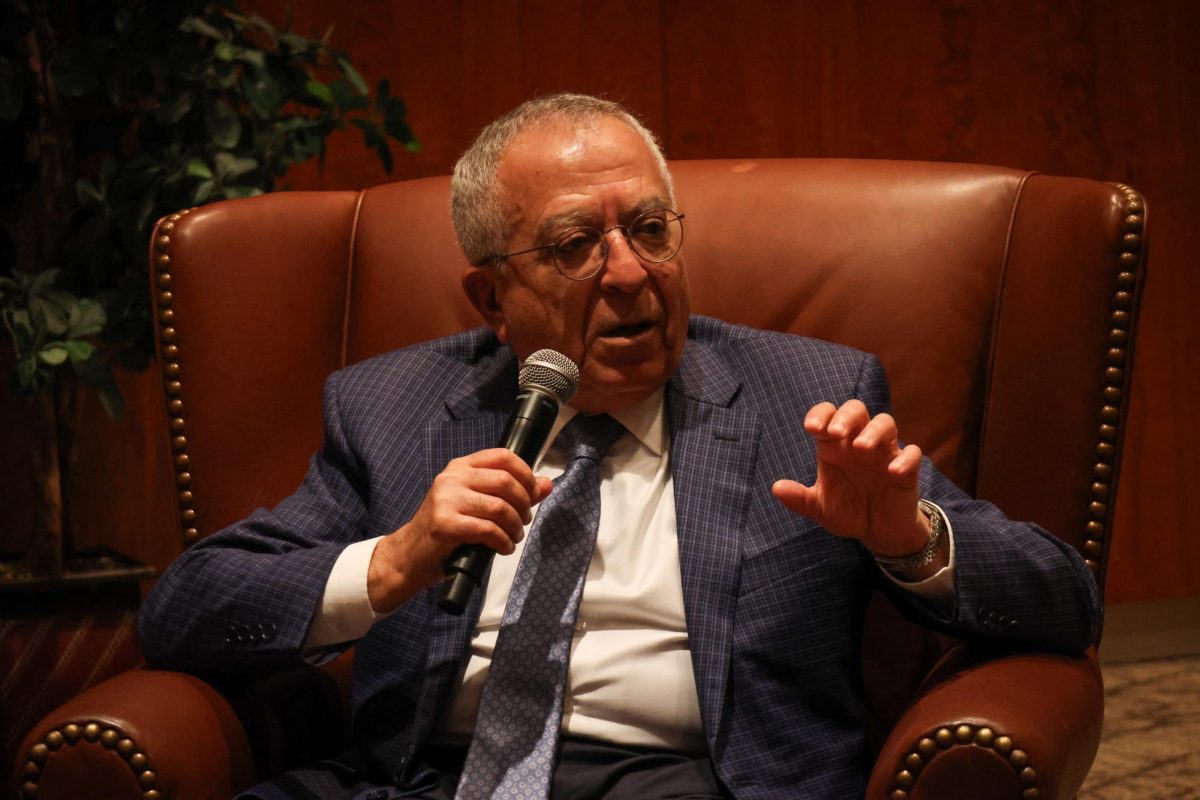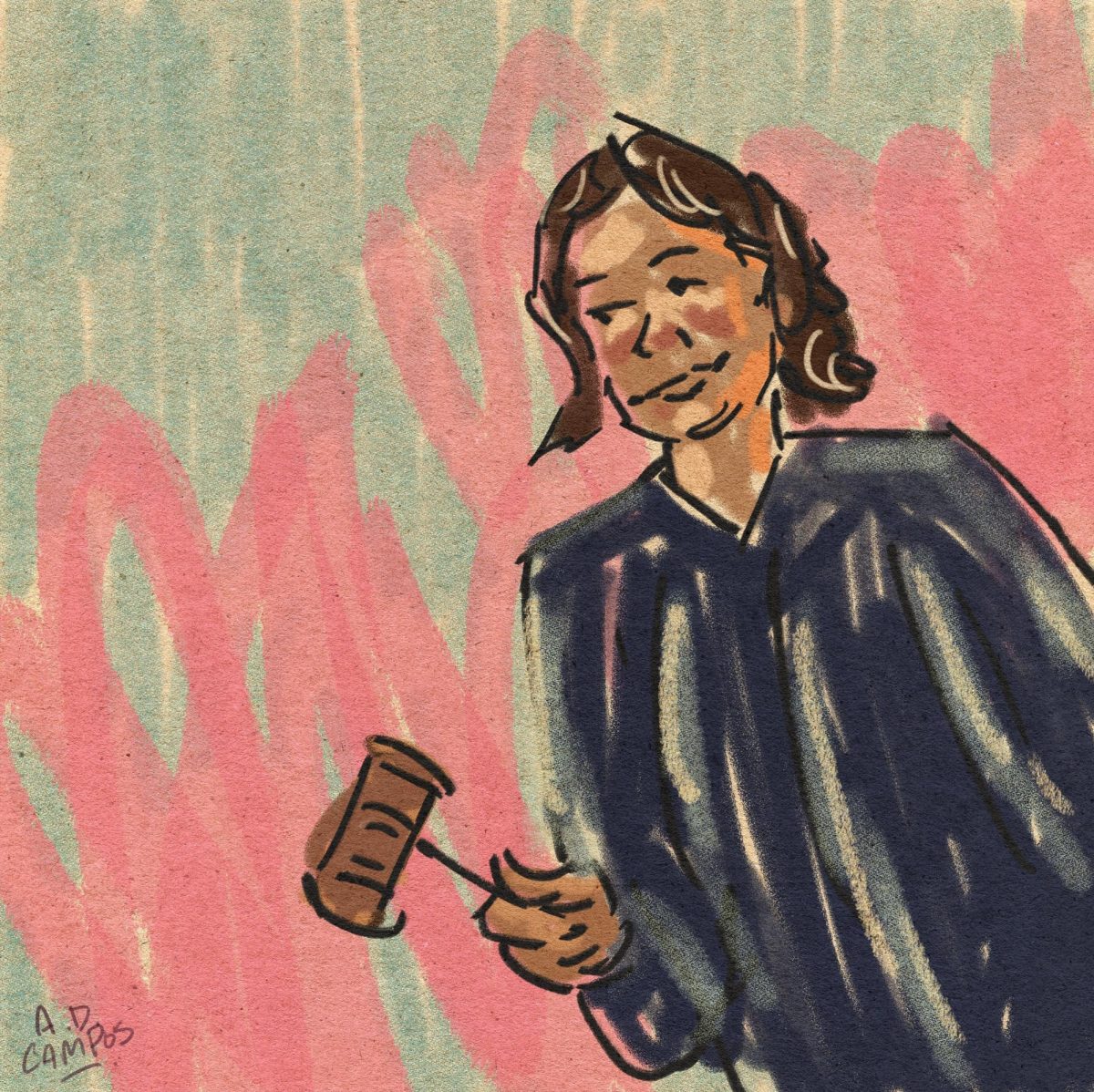Although a Sept. 11, 1984, Daily Texan article, entitled “AIDS cloned; vaccine possible,” assured readers that a vaccine for the human immunodeficiency virus might have been on the horizon, a successful vaccine has yet to be developed.
In 1984, geneticists at biotechnology company Chiron Corp. of Emeryville, Calif., claimed “their successful cloning [of HIV] could lead to a sensitive diagnostic test for AIDS within weeks and an experimental vaccine against the deadly disease within months.”
Nearly 30 years later, HIV infects more than 1.1 millions Americans, 15.8 percent of whom are unaware of their infections, while Africa suffers the throes of a debilitating AIDS epidemic.
HIV acts by invading the body’s T-helper cells, which exist for the purpose of signaling the activation of the body’s immune response whenever they detect pathogens. The virus then integrates its genetic code — translated from RNA to DNA — into the host cell’s DNA, allowing new viral RNA to be expressed as proteins — which are essential to the virus’ survival — and move to the host cell’s surface, forming a new, immature HIV. Repetition of this process begins to hurt the body’s CD4 count. Once this number drops below 200 cells per cubic millimeter of blood, the viral infection will have resulted in AIDS.
Despite the three-decade delay from the 1984 breakthrough, officials are still optimistic about an imminent HIV vaccination. In a speech on World AIDS Day in December, President Barack Obama emphasized the importance of HIV/AIDS education and prevention programs and expressed hopes that an “AIDS-free generation is within our reach.” Members of the National Institutes of Health predict the development of a vaccine by 2015.
At a local level, a study in the January/February 2014 issue of the Travis County Medical Society Journal showed the number of people living with HIV in Travis County has increased by more than 40 percent since 2006.
In fall 2013, University Health Services surveyed 934 students, 0.1 percent of whom reported having been tested for HIV within the last year, despite the increase in its rate of infection. According to a recent University study, fewer than 27 percent of students reported having ever been tested for HIV.
FACE AIDS Austin is a student-run organization dedicated to HIV/AIDS education and awareness, as well as fundraising for Partners In Health, a separate nonprofit in Rwanda that serves as a model for comprehensive healthcare within impoverished communities. Kat Wilcox, international nutrition senior and president of the organization’s UT chapter, said one major issue with developing a vaccine is optimization of funding. Wilcox said she believes the issue of HIV/AIDS is one that students can affect by drawing attention to the lack of accessible and affordable health care around the world.
“I think there is hope for a vaccine,” Wilcox said. “[But only] by addressing the disconnect and apathy that is present within today’s developed communities because HIV/AIDS primarily affects those who are marginalized and less empowered to make an impact.”
Correction: This article has been updated since its original posting. Kat Wilcox, president of FACE AIDS Austin, said the primary issue with developing a vaccine is optimization of funding.














